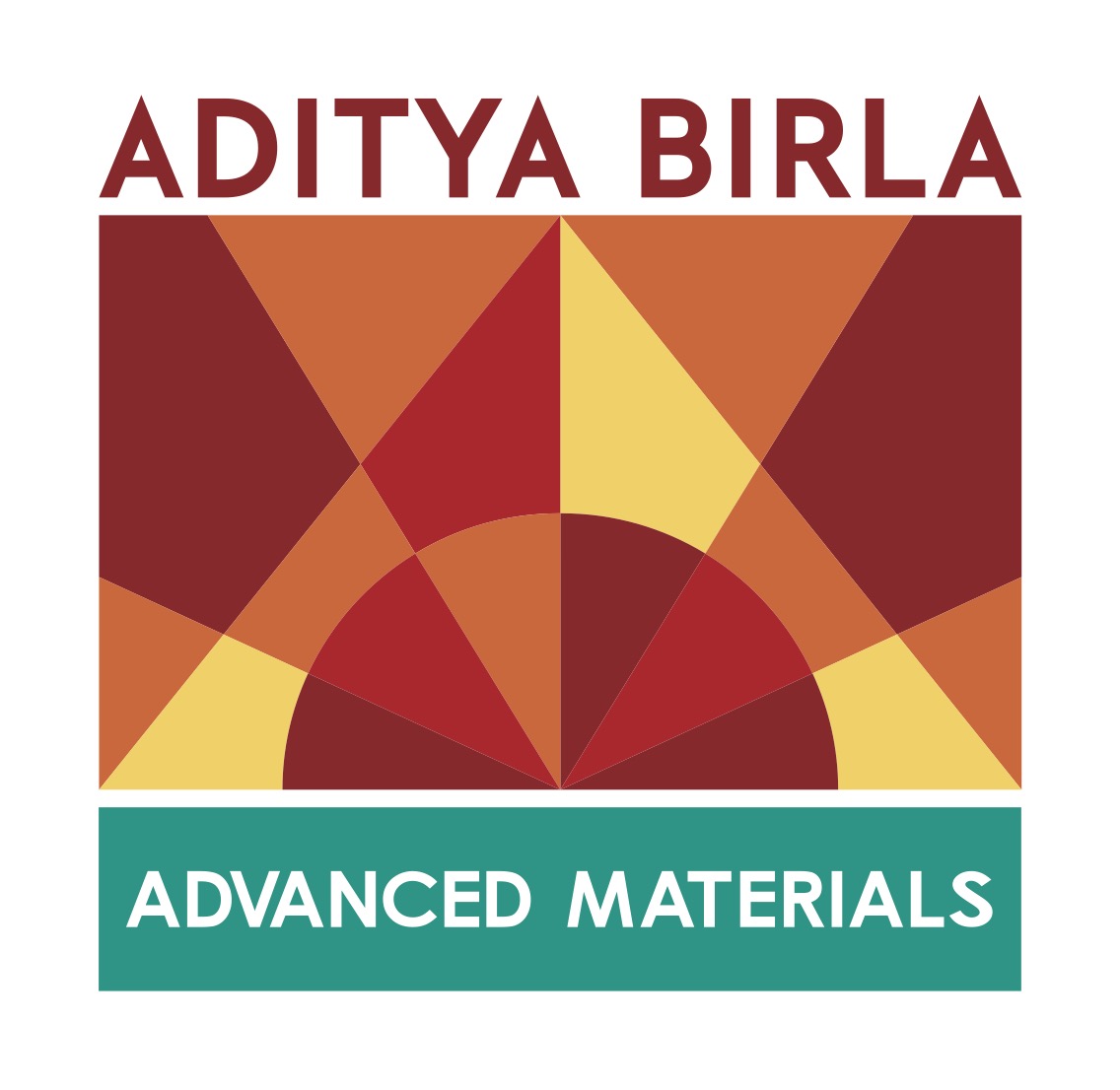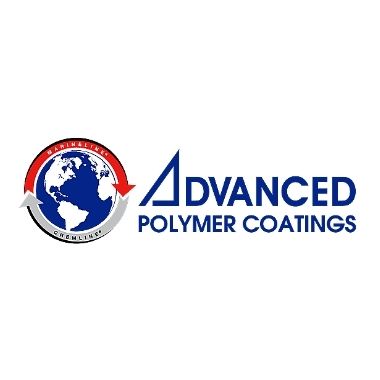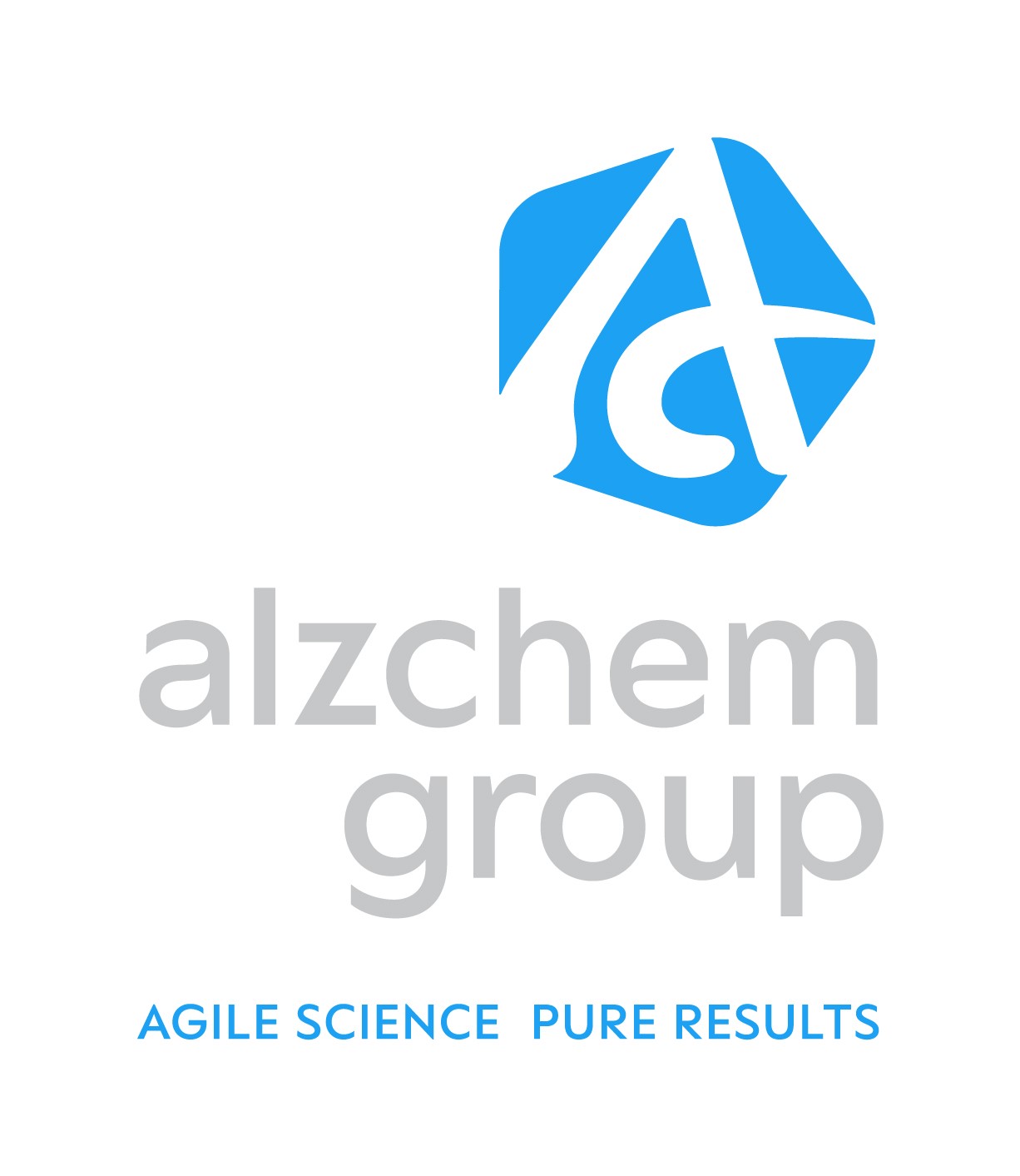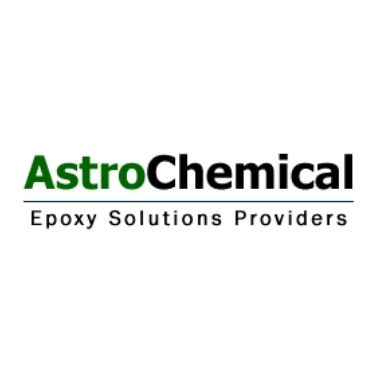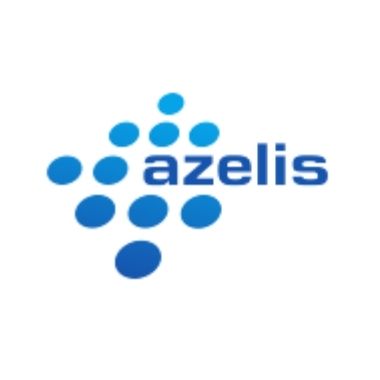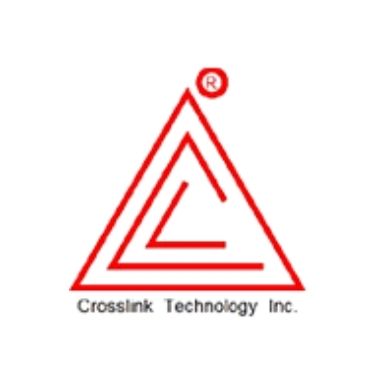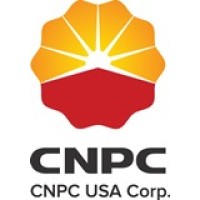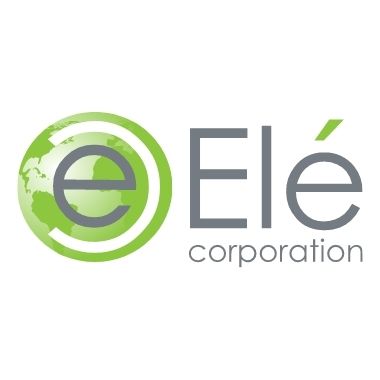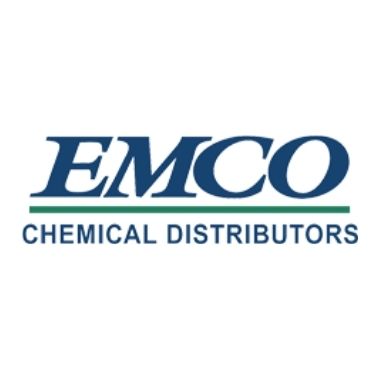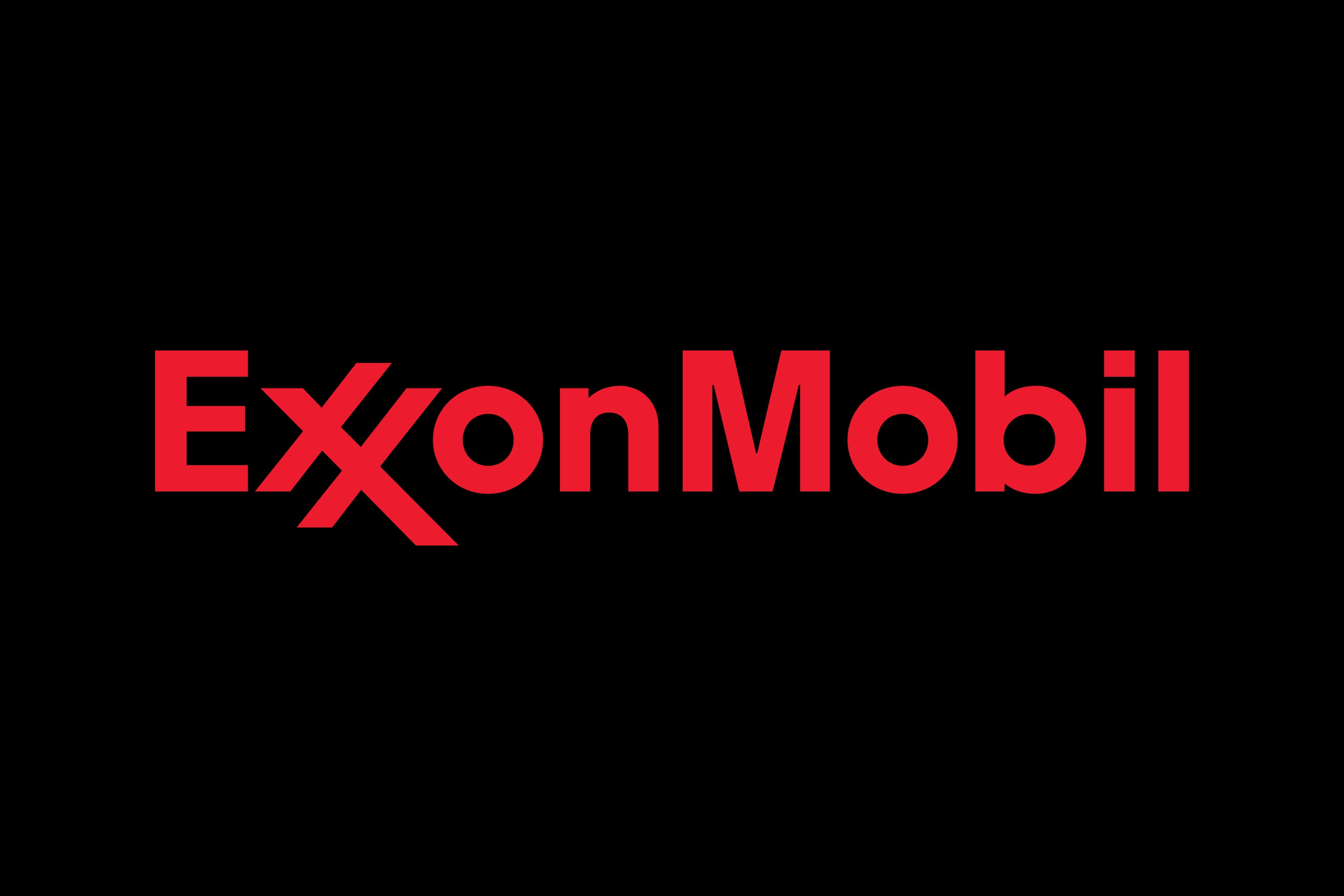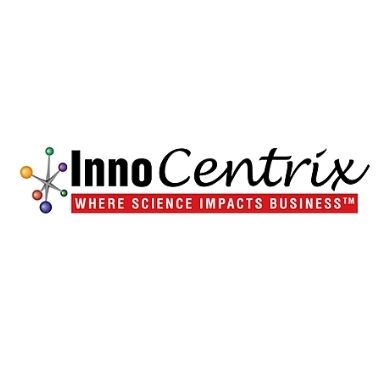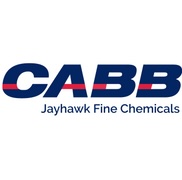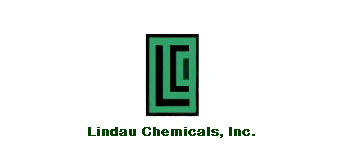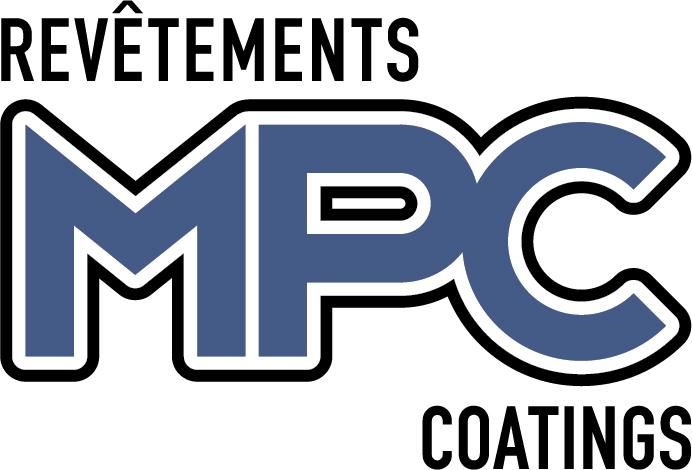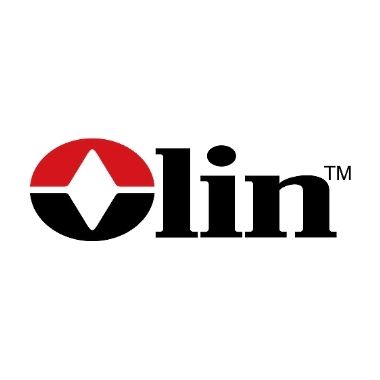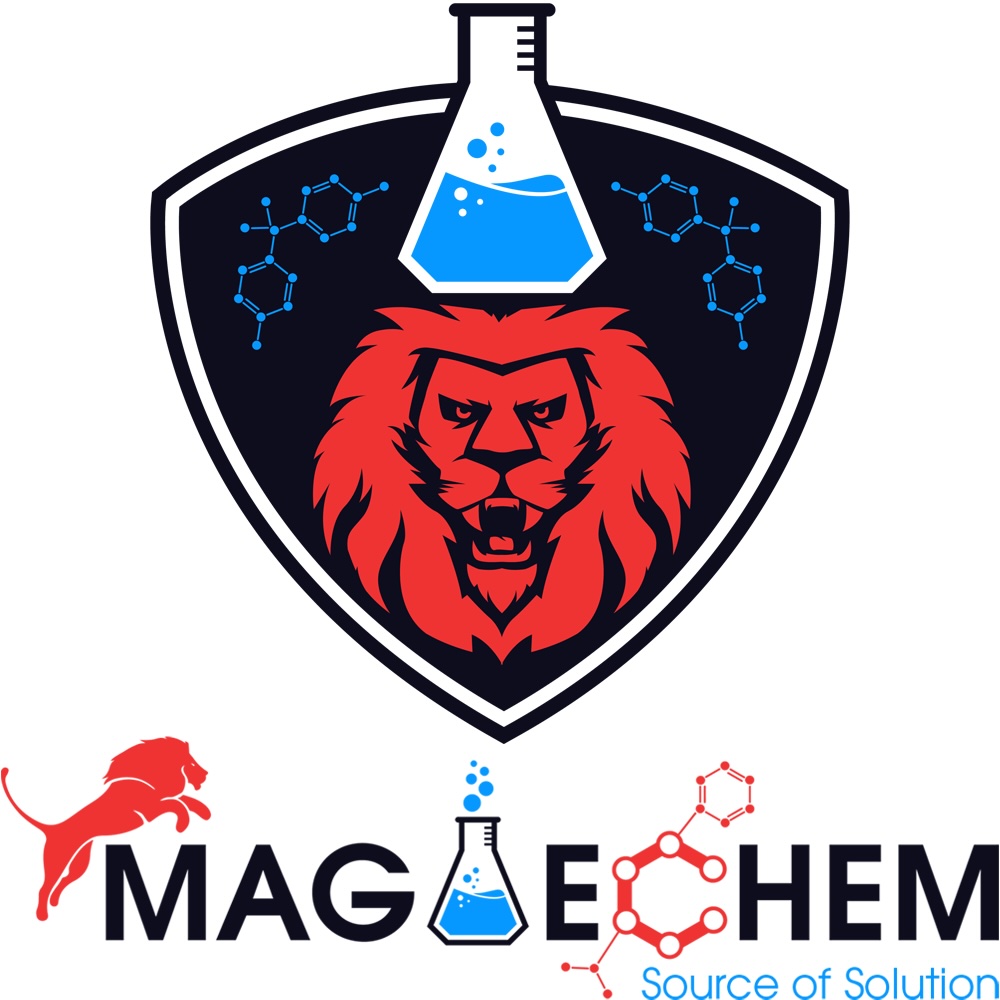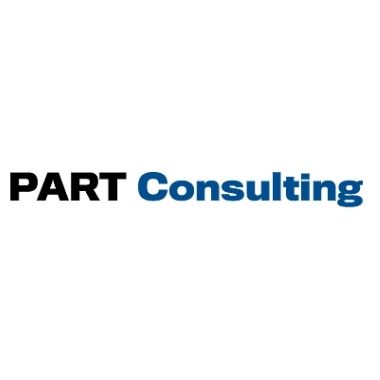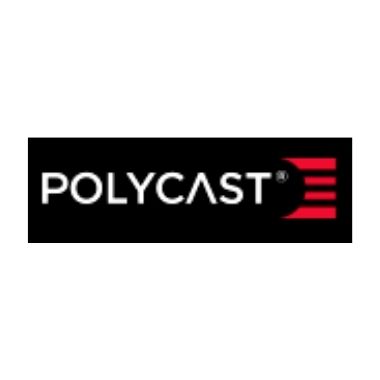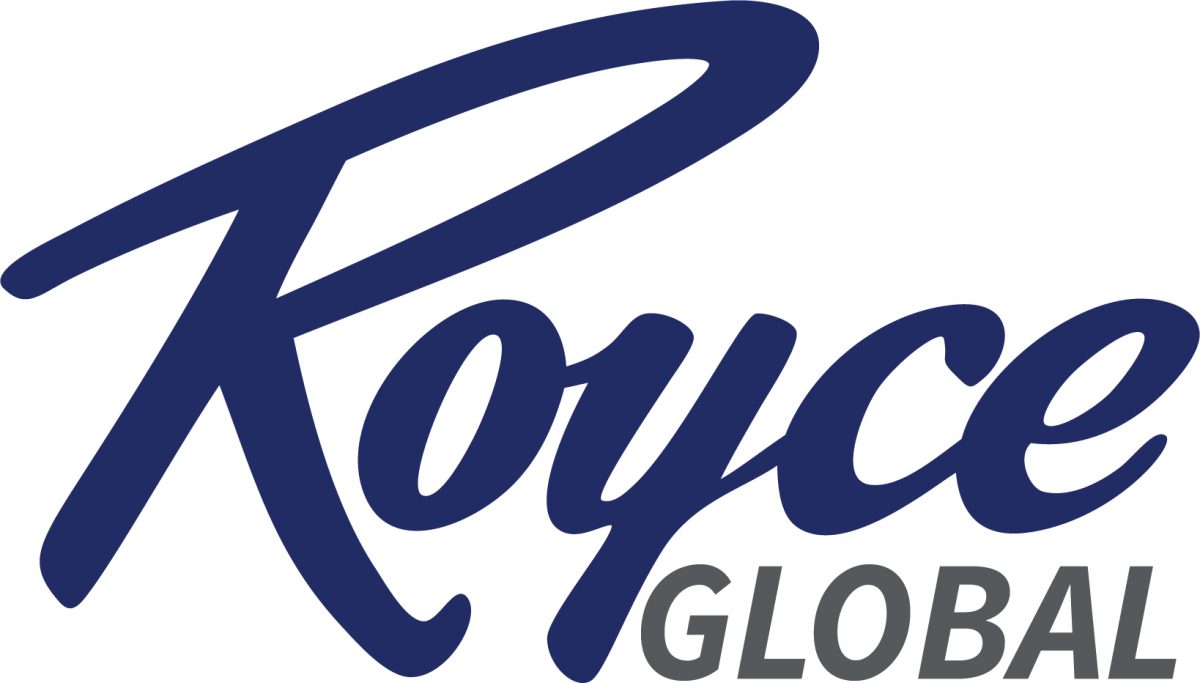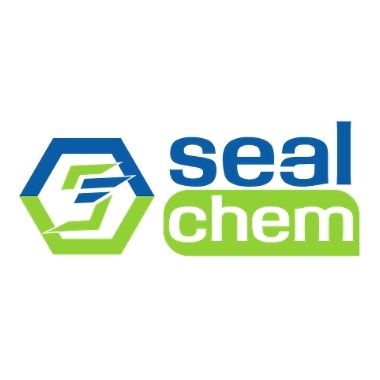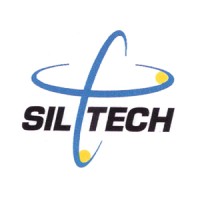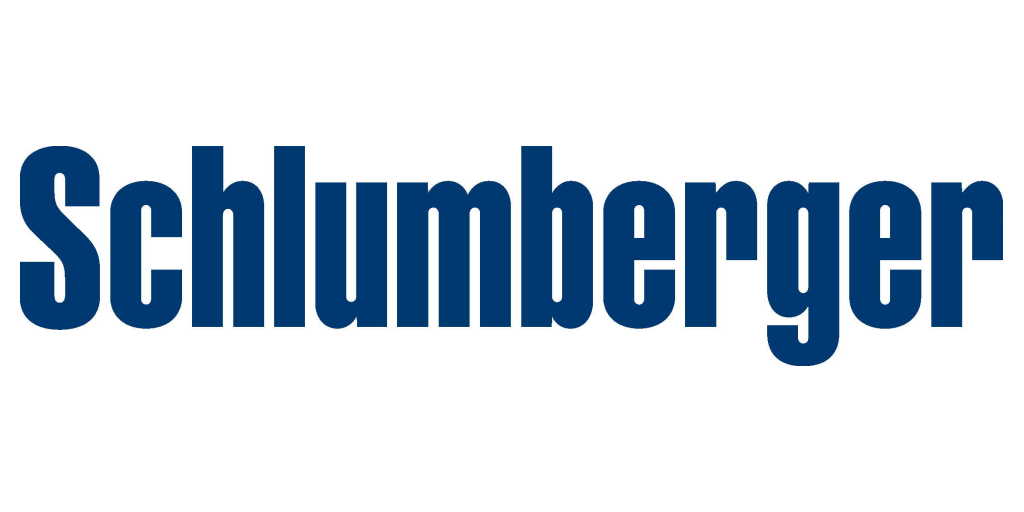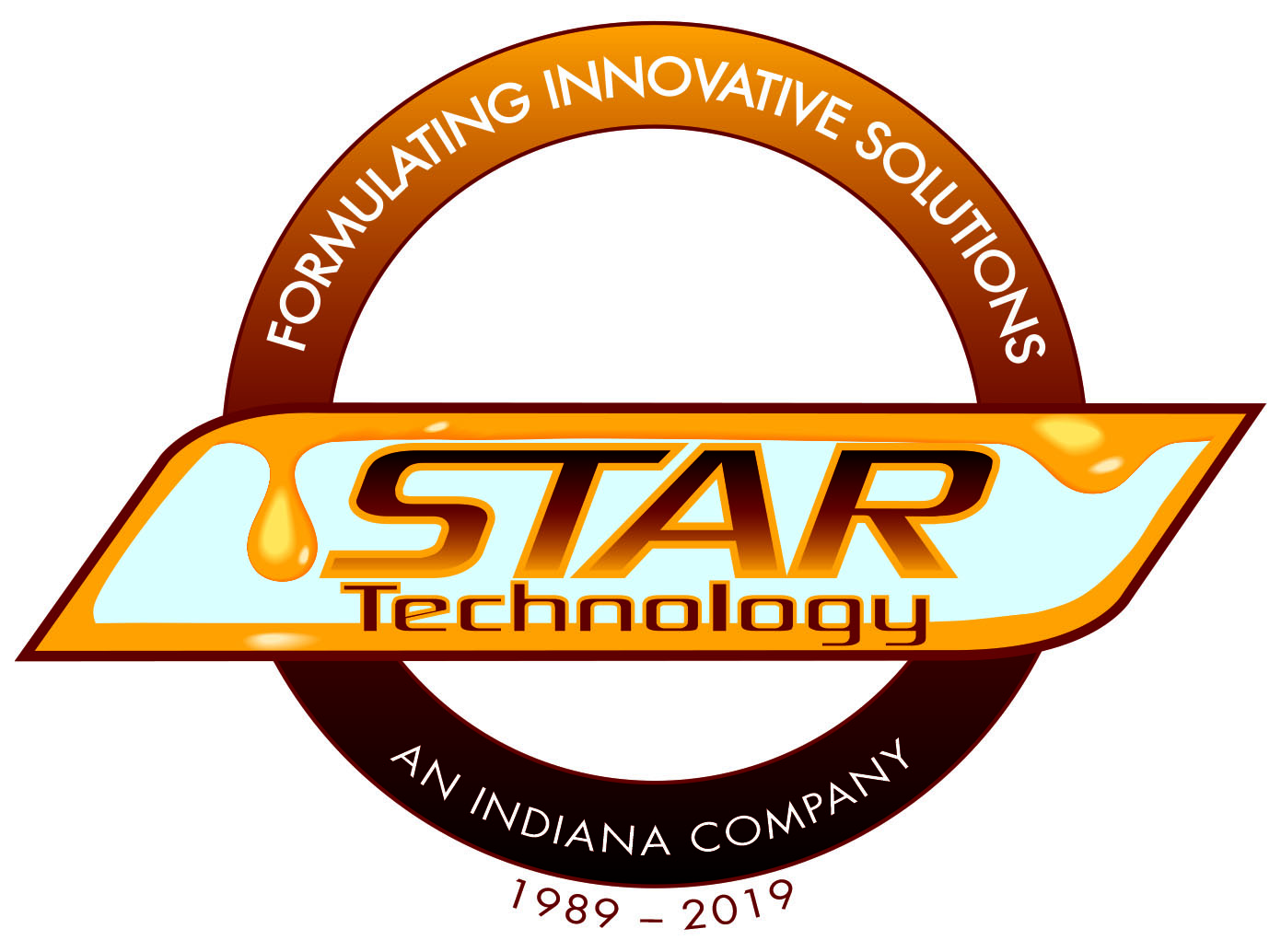Technical Papers at the 2025 Annual Meeting*Technical papers are subject to change. Latency, Toughness and Flame Retardancy - Can a Formulator Have it All?Presented by: Chris Smith, AC Catalysts The field of latent thermoset curing has grown to meet thermoset applications where long pot-life at high (and low) temperatures are required for advanced manufacturing of composites, electronics, adhesives and coatings. In addition, growing demand for flame retardancy in aerospace and automotive sectors requires formulators to push the boundaries of 1K system performance. We report new research utilizing fully commercialized materials to formulate all-in-one latent resin systems. These materials include polymerically-entangled latent curing agents, polymeric tougheners and non-halogenated flame retardant additives. These systems were formulated with nitrile rubbers, core-shell particles, thermoplastic and interpenetrating network (IPN) polymer tougheners. Materials were characterized through pot-life, curing kinetics, thermomechanical properties and flammability testing. This study lays groundwork for helping formulators balance their 1K performance between cure temp and time, viscosity, strength and flammability. Minamine reduced hazards epoxy curative technology Presented by: Shahid Qureshi, Bitrez Epoxy resin systems cured with amine-based agents are widely used in coatings, adhesives, and composite applications due to their superior mechanical and chemical properties. However, conventional amine-derived curatives such as polyamides, amido amines, Mannich bases, adducts, and ketimines are often associated with significant health and environmental concerns. These include high volatility, skin and respiratory irritation, and the presence of substances classified as carcinogenic, mutagenic, reprotoxic (CMRs), or endocrine-disrupting. In light ofincreasing global regulatory pressures, particularly within the EU Chemicals Strategy for Sustainability, there is a growing demand for safer and more sustainable alternatives. This paper introduces MinAmine Technology, a novel class of epoxy curing agents engineered to reduce free amine content without compromising functional performance. Through a combination of in silico modeling and in vitro assays, the MinAmine H406 A60 formulation was evaluated for toxicity, irritation potential, and overall hazard classification. Results indicate that these new materials fall outside of the UN GHS hazard categories for skin irritation, with no significant endocrine or organ toxicity observed in preliminary screening. MinAmine Technology also offers application versatility in solvated single-component systems and high-performance coatings with enhanced blush resistance. While certain molecular weight constraints limit use in some formulations, this approach represents a meaningful advancement in the development of epoxy curing agents that are both high-performing and aligned with modern safety standards. Chemical Additive Evolution: Hybrid Chemical Cage Additives for Thermosets Presented by: Joe Lichtenhan, Hybrid Plastics Inc. The landscape for additives is changing as formulators begin to adopt nanoscopic topology to deliver This study utilized commodity bis-F oxiranes mixed with additive levels of nonreactive and reactive- China Epoxy Resin Curing Agent Market Outlook Presented by: Xu Mengyao, Advanced Chemical Materials Institution Epoxy resin, as an important new chemical material, has extensive applications in industrial fields and high-tech industries such as aerospace, new energy, 5G communications, electronics and electrical engineering, construction, and rail transportation. As the most critical auxiliary product in epoxy resin systems, there are various types of curing agents that significantly affect the properties of the cured resin. Therefore, it is necessary to make a targeted selection based on specific applications, performance requirements, and processing techniques. It can be said that the choice of curing agent directly determines the application effectiveness of epoxy resin. According to market research data, the total consumption of epoxy curing agents worldwide in 2024 had exceeded 1 million tons, with the consumption in the Chinese market being approximately 705,000 tons. In terms of application fields, in China, the consumption in the coatings industry was approximately 303,000 tons, the consumption in the electronics and electrical industries was approximately 223,000 tons, the consumption in the composite materials field was approximately 116,000 tons, and the consumption in the adhesive sector was approximately 62,000 tons. It isexpected that by 2025, the consumption of epoxy curing agents in the Chinese marketwill reach 734,000 tons, with an average annual compound growth rate of approximately 4.1% from 2025 to 2029. This report focuses on the market status of major types of curing agents, including amine curing agents, anhydride curing agents, resin curing agents, and latent curing agents. Qualification Framework for Epoxy-Based Composites in CCUS Applications Presented by: Lei Zhao, CNPC Epoxy-based fiber-reinforced composites (FPCs) are emerging as cost-effective alternatives to corrosion-resistant alloys (CRAs) in Carbon Capture, Utilization, and Storage (CCUS) applications. Despite their high chemical resistance and mechanical strength, their widespread adoption has been limited by the lack of understanding regarding their long-term performance in CO₂-rich, high-temperature, and high-pressure environments. As an end user with extensive field and lab experience, we investigated the degradation mechanisms of epoxy-based composites under simulated CCUS well conditions. Our findings reveal that moisture-induced debonding at the fiber/matrix interface is the primary failure mode, leading to gradual strength loss without visual damage—unlike metallic corrosion. Existing metallic qualification standards are not suitable for evaluating this failure mechanism in composites. To bridge this gap, we developed an accelerated testing protocol and a predictive degradation model that correlates short-term lab data with long-term field performance. This framework enables accurate life prediction and material selection tailored to downhole environments. It also offers practical guidance to thermoset resin formulators for developing next-generation composite systems, helping reduce CRA dependency and accelerating CCUS deployment. Highly-Efficient, UV-Activated Curing for Carbon-Fiber Composites Understanding Ion Viscosity in Dielectric Cure Monitoring Presented by: Juan Lee, Lambient Technologies Dielectric cure monitoring, or dielectric analysis (DEA) has been used more and more in research and development, as well as quality assurance/quality control, dielectric cure monitoring. DEA is unique because it enables the same measurements and sensors to be used across the entire spectrum of applications from R&D to QA/QC to manufacturing. Unlike with DMA, DSC and other methods of thermal analysis, hands-on experience with DEA in academic polymer science programs is rare. Few opportunities exist to learn the finer points of dielectric cure monitoring, and misunderstanding of even the fundamental science is still common. As a result, users can overlook valuable information in their data or mischaracterize their results entirely. This presentation will discuss the relationship between loss factor and ion viscosity, then temperature and parasitic effects, electrochemical influences, electrode polarization, blocking layers and other factors often overlooked in analyzing dielectric data. By properly accounting for these details, and learning how to avoid unwanted effects, users can take full advantage of DEA’s ability to directly probe cure state from beginning to end, allowing them to gain the best possible advantage from the technology. Demystifying Dielectric Data - Correlating Dielectric Data with Thermoset Curing Presented by: Jeff Gotro, InnoCentrix Dielectric spectroscopy is a very powerful but under-utilized tool for monitoring the curing of a wide range of thermoset polymers. Unlike other thermal analysis methods, the dielectric data interpretation is sometimes confusing. The paper will discuss the molecular origins of the dielectric loss factor (which is used to calculate the ion viscosity) and how the dielectric response can be related to changes in the molecular structure during thermoset curing. Examples will be shown where the loss factor and the complex viscosity were correlated using simultaneous dynamic rheological and dielectric measurements. In this case, the dielectric sensor was embedded in the plate in a parallel plate rheometer during non-isothermal curing. Additional data from other studies will be presented to show where the dielectric loss factor was related to curing parameters. Re-evaluating Sustainability in Thermoset Systems: Two Practical Examples of a Sustainable Polyester and Bio-Based Epoxy Resin Presented by: Sven Wiemer, Schill + Seilacher Sustainability in thermoset development is often equated with the replacement of fossil raw materials by bio-based alternatives. However, true sustainability requires more: performance, durability, process compatibility, and circularity must also be considered. Using two examples—a bio-based unsaturated polyester and a bio-based epoxy resin—this presentation demonstrates how alternative raw materials can meet technical requirements and support sustainable design in composite applications. The polyester system uses renewable diols and acids to achieve high biogenic content while maintaining compatibility with processes such as pultrusion and SMC/BMC. First applications include lightweight components and sports equipment. The epoxy system, based on cashew nutshell-derived cardanol, offers low viscosity and improved toughness, making it suitable for fiber-reinforced parts in sports and transportation interiors with strict fire safety and weight demands. These case studies illustrate that “green” solutions require a holistic system approach—beyond raw material substitution. Cure-on-Demand Coatings Using Ammonia to Catalyze Thiol-Acrylate and Thiol-Epoxy Reactions
Tailoring Vitrimer Chemistry for Tough Fiber-reinforced Composites and Reversible Adhesives Presented by: Tomonori Saito, Oak Ridge National Laboratory Over 400 million tons of solid plastics are globally produced annually and only ~9% of those are currently recycled in U.S. Covalent adaptive network (e.g. vitrimer) exhibits mechanical robustness and chemical resistance of thermosets because of its covalent network formation, but it can be mechanically recyclable by reconfiguring reversible crosslinks through the associative bond exchange at elevated temperature, or chemically recyclable by readily cleaving their dynamic bonds. In our study, we have developed boronic-ester or disulfide based vitrimers and their carbon fiber-reinforced polymers (CFRPs) and glass fiber-reinforced polymers (GFRPs) with tailored interfaces. The designed vitrimer chemistry enables the crosslinked network to be reprocessable and repairable, while providing strong interfacial adhesion between the matrix and CFs/GFs. Especially, we have designed to have a dynamic exchange between matrix and fibers to provide significantly improved toughness, while exhibiting repairability and recyclability. We also developed reversible adhesives by tailoring vitrimer chemistry to upcycle commodity plastics. The developed vitrimer adhesives from plastic wastes exhibit exceptional adhesion strength and work of debonding with reversible adhesion capability as well as providing mechanical and chemical recyclability. This presentation will update our on-going efforts onvitrimer chemistry toward CFRPs and GFRPs as well as circular adhesives. Comparative Study of Bio-Based and Fossil Fuel-Based Corrosion and Chemical Resistant Coatings Multi-protection Against Corrosion of Steel Using Epoxy/LDH Coatings Sustainable Circular Reuse Model for Paint Recycling Presented by: Huzaifa Matawala, The Paint Foundation Coatings have been a part of our society for over 5000 years. The use of coatings has been found in constructions older than the Hanging Gardens of Babylon and the Pyramids. Formulations, technology, ingredients, and style of manufacturing kept changing. What did not change was the purpose, performance, and requirement of the coatings. It enhances durability, multiplies the lifespan, and increases the beauty of any surface it is applied to. The coatings industry hence provides one of the most sustainable solutions to the world, by minimizing replacement cost, time, and process. This reduces stress on fuel, water, labor, natural resources, and the environment. Thus, lesser extraction of resources, mining, polluting, and a carbon footprint. There is a direct relationship between coatings with environmental Sustainability by their function of increasing life, enduring strength, and providing weatherability to a bridge, ship, aircraft, electronics, machinery, or a home. Innovating with proteins: Towards the next generation of bio-adhesives Title TBD
|



